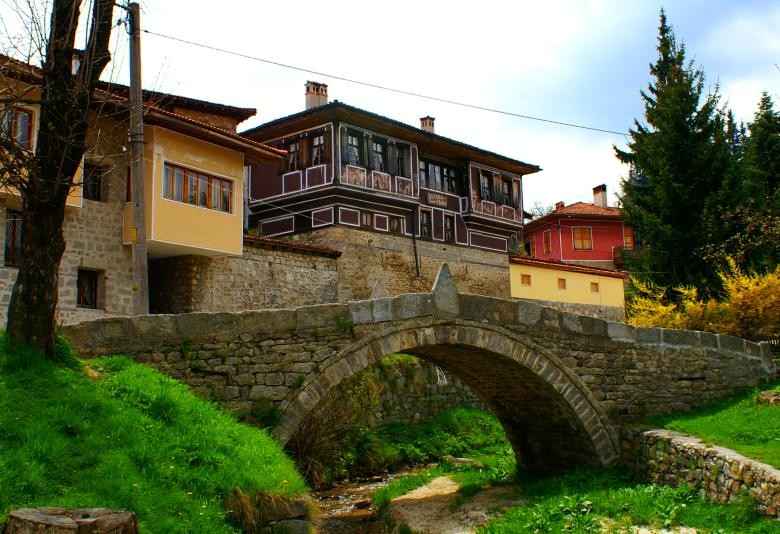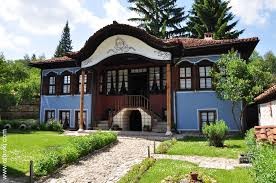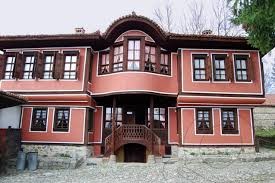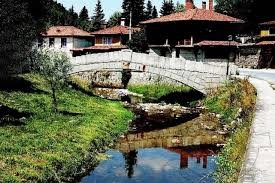Koprivshtitsa
From 1793 to 1819, Koprivshtitsa was engulfed in flames three times. The third time the town was almost completely destroyed, and after that the current city foundations were laid. The new community gradually expanded as the local population of merchants and artisans contributed to its development. Koprivshtitsa has always been of historical interest, since it is associated with the rise of the Bulgarian people during the country’s Age of Awakening (18th – 19th centuries).
The architecture in Koprivshtitsa reflects the historical development growth of Bulgarian traditional architecture that can still be observed in its various forms at present. The first stages of its development closely resemble the architecture found in the communities of Zheravna, Tryavna, Samokov, Etropole, Tetevan, and other locations. In 1956, a museum directorate was established in Koprivshitsa with the goal of saving, preserving, and popularizing the town’s cultural and historical heritage. Among the museums and local attractions are The Oslekov House, The Lyutova House, The Todor Kableshkov Museum, The Dimcho Debelyanov Museum, The Georgi Benkovski Museum, and The Liuben Karavelov Museum.
Of interest is the Assumption of the Holy Mother church, built in 1817 on the site of an older church. Noteworthy is the fine woodworking of the bishop’s throne and the altar with its authentic icons.
Another interesting example of ecclesiastical architecture is the Saint Nikolay church, built in 1842-1843. The cathedral is notable for its murals done on Biblical themes.
Besides visiting its historic houses and enjoying the invigorating natural surroundings, visitors may refresh themselves at Koprivshtitsa’s more than 40 water fountains that were constructed during different eras. These fountains are generally decorated with stones carvings of six-sided stars, sea creatures, flowers, and other images. Two of the oldest are the Benevski and Chalakov fountains.
Also very attractive are the town’s many bridges, mainly vaulted stone, erected over small brooks and streams that flow into the Topolnitsa River. The most popular is the Kalachev Bridge, also known as The First Shot Bridge. It was here in 1786 that the first shot was heard that signaled the start of the April Uprising, as Bulgarians fought to free themselves from Ottoman oppression.
In the vicinity of Koprivshtitsa there are nature preserves for those interested in eco-tourism. The Bogdan Preserve, as it has been known since 1972, is home to an age-old beech forest, the historically important Clover Field, and the highest peak in the Sredna Gora Mountains, Bogdan Peak (1604 meters). Another nature preserve in the region is the Donkin Forest (declared a protected area in 1979). Here it is possible to catch a glimpse of one of the world’s rare endangered birds, The Eastern Imperial Eagle (Aquila heliacal).















Add new comment